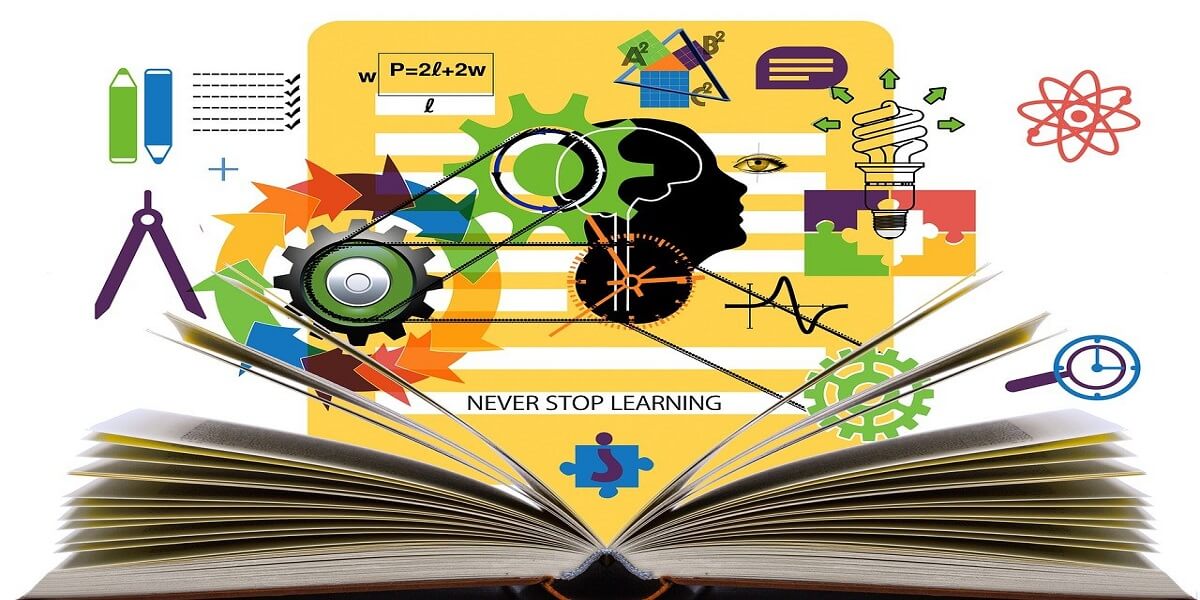The “Data Analytics in Education” concept has formed to integrate better teaching methodologies improve learning outcomes and increase overall institutional efficiency.
By harnessing data analytics, educational organizations can identify trends, predict future outcomes, and create personalized learning for individual students in a way that helps to form an education system that will be more helpful and effective.
What is Analytics in Education?
Data analytics is the science of gathering, processing, and analyzing huge volumes of data and extracting meaningful insight from it. It means one can understand and improve student learning patterns, teacher performance, administrative procedures, and resource management in an educational context.
Schools, colleges, and universities generate a huge amount of data about student attendance, results of various exams that students have to go through, course engagement, and even feedback from students. Data analytics helps in transforming raw data into actionable insight for institutions that will lead to improved academics and operational improvements.
Better Learning Outcomes
Arguably, data analytics in education brings a lot of benefits and helps improve learning outcomes among students. Each student has his or her own learning style; hence, that may make certain teaching techniques less effective. Using data analytics, teachers are capable of tracking the development of a student in real-time, seeing where one might struggle, and giving individual support toward achieving one’s full potential.
For instance, LMS visualizes information about the pattern of interaction that students have with the course materials, time usage on particular topics, and the quality of performance in quizzes and assignments. From this information, patterns come out through which a teacher can identify if students are engaging in the provided content or not retaining certain concepts.
It is here that, equipped with such knowledge, the teacher may adapt the teaching methodologies or provide additional resources to make learning individualized.
Additionally, predictive analytics make one capable of forecasting the performance that the students are most likely to obtain. Since the at-risk students are identified, early interventions in the form of tutoring or counseling can be facilitated on time to avoid some of the academic failures.
Data-Driven Insights Supporting Teachers
It is worth noting that just as data analytics has the potential to amplify students’ performances, educators stand to benefit from it. Indeed, teacher effectiveness is a crucial ingredient of student success, and the data provide insight into how effective teachers are in developing particular areas.
Using classroom data such as assessment scores and student feedback can make better decisions on which teaching strategies work best for which demographic of students.
Thirdly, data analytics can be used to design professional development for teachers. For example, if it comes out from the data that any subject has continuously remained complex for the students over several classes, then the school can arrange targeted training in that subject for the teachers.
This kind of personalized approach to teacher development ensures that educators get the support needed regarding improvements in teaching ability.
Simplifying Administration
Data analytics is used not only to enhance academic performance but also to make administrative activities smoother in the field of education-from student enrollments down to resource allocation, analytics helps administrators make smart decisions.
For example, schools study the trend in the number of enrolled students in previous years for a forecasted number of students they expect to take in so necessary resources will be provided. By doing so, it will ensure that there will be enough teachers, classrooms, and materials whenever a new class gets admitted. Data analytics can also enhance budget planning by showing areas where spending is underutilized and overused.
Data analytics can also contribute to rich insight into attendance tracking. Admins will be able to measure the attendance pattern and detect students at risk of dropping out early on, so intervention can be made with focused support measures.
Facilitate Institutional Decision-Making
This is because successful decision-making in education requires a theory driven by data. For example, an institution should always monitor its performance to realize areas where it has fallen below expectations and thus change strategies if need be.
Consequently, data analytics will help educational leaders make informed decisions based on evidence rather than intuition or anecdotal observations.
This data can be used in schools to deduce the effectiveness of a newly introduced program or curriculum. The data reflecting the success of a program in enhancing the learning outcome of the students after its initiation, for example, should be expanded to all other areas as well.
In cases where the data indicates any particular program is not meeting its designed objectives, it can be reformed with new adjustments so that it works effectively.
Moreover, data analytics can help an institution understand the kind of students they have and therefore design programs that cater to a variety of students’ learning needs. For example, if the data indicates that some student groups have lower grades compared to others, the schools will come up with specific programs for such groups of students.
Equity and Inclusion
One of the great challenges facing educators today is ensuring equal learning opportunities for every student in school. Analytics and data analytics hold huge promise in bringing equity and inclusion into educational pedagogy. Analytics around data on student performance, attendance, and engagement enable schools to surface disparities between demographic groups and plan a strategy to close the achievement gap.
For example, schools can develop programs that precisely target what has been affecting the same students if the data shows that students of a particular socio-economic background constantly fail. These could be through the use of ancillary resources such as tutoring or mentorship; it could even be aimed at factors outside the school that affect these children’s performance.
Challenges of Implementing Data Analytics in Education
There are various challenges that need to be faced by the institutions before this can successfully be put in place. Among the most critical of these issues is the privacy of the data. Educational institutions collect very sensitive information about students, like their performance and personal details regarding the student. Ensuring that this sensitive information is kept securely and used ethically is crucial.
Besides, it requires an adequate amount of training and resources. Most educators and administrators may not possess the technical ability to analyze data or use the outcome appropriately. What is important is investing in professional development and data analytics training to actually tap the fullest potential of data in education.
The Data Analytics Training Course in Noida thus provides a comprehensive education in data analysis, thereby preparing professionals to deal with the jigsaw puzzle of data in educational institutions.
Future of Data Analytics in Education
The increasing importance of analytics in education shows how evolving technology is approached. As the integration of those technologies, such as AI and machine learning, in data analytics systems continues, even more advanced insights are starting to be heralded. These technologies make it easier for schools to predict student performance with higher certainty, automate administrative tasks, and provide personalized learning experiences on a large scale.
In the future, data analytics are going to play an even greater role in shaping policies and practices of education. Moreover, a data-driven decision-making process is the one that will make learning institutions better positioned to meet their students’ needs and compete in an increasingly digital world.
Conclusion
To sum up, “Data Analytics in Education” is such a powerful tool that changes the well-known methods of teaching and learning. Such data analysis will go a long way in improving educational performance, teaching methodologies, and administrative procedures to achieve better learning outcomes, teacher support, operational efficiency, and equity.
But if schools are to maximize data analytics’ potential, substantial investments in tools, training, and infrastructure are needed. As the education system increasingly becomes evidence-based, students, educators, and administrators alike will benefit from more informed, effective, and personalized educational experiences.




